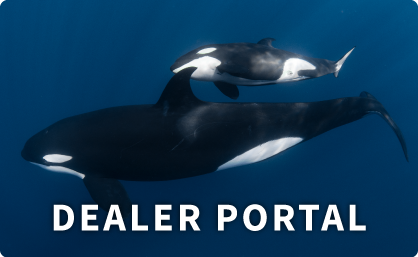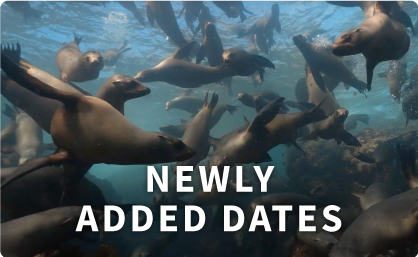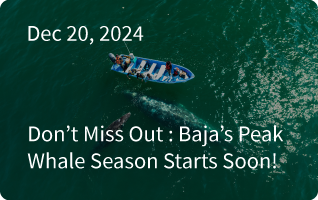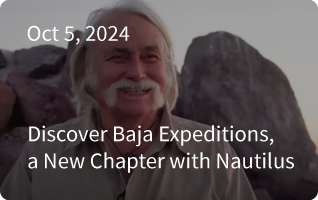Our arrival was impressive we just got in to a massive bait ball with thousands of boobies falling like a massive waterfall pounding in to the water. Dolphins every where and down under must have been tunas and sharks. The bait ball moved fast in a 2-3 knots in speed. When we decided to try to take snorkelers in to the inflatables it stopped and it was over.
During our remaining days we never spotted a bait ball like that size again. In 2007 I remeber we had a bait ball as well but smaller, it also stopped before we got out , jumping in to the water all we spotted was a couple of silkie sharks.
The topography that we seen around the atoll is pretty the same Very deep approaching the island slooping sand that turns to a coral reef at the depth at 130- 180 ft with a steep slope (Some areas less then others) up to where there is a plateau that starts at 50-60 ft and slowly comes up to ca 25 ft and then the barriar reef that surrounds the island almost completely that makes it very hard for an landing on the island.
We have not spotted any real pinnacles sea mounts and solo boulders. The reef is quiet uniform in its shape and the reef building corals there are only detected 8 different species maybe 10. The coral reef is very healthy , no real signs of coral bleaching. In bedded in the coral there are traces of long lines all over. We did not see many new once. If that is a good new that long lining is getting less or is it bad that it is to much effort and to little sharks for getting out here?
Critters
There is a difference between the windy wavy side (the north) and the leward side (South) We had probably the most and best diving on the north side. Seems to be more sharks and a bit more of the pelagic animals.
Sharks
Though of what I could hear a saw my self the hammerhead sharks, the biggest group where seen on the south side of the island. All the hammerheads that we saw were fully grown up big scalloped hammerheads. In three occasions we spotted big groups of silkie sharks. In one moment “whispering in sharks” We had easily 50 silkie sharks cirkiling us, they dissapeared as fast as they appeared! 1 Really exiting and a bit intimidating!. The silkies where not of the size that we see in Revillagigedo Islands. Still think we saw adults and also pregnant females.
Juvenile silvertip shark where everywhere and very curiouse as well sometimes laying in the blue we had up to 20 silvertip around us! We wonder where the grown up once where and the last dive of the trip we got to learn to meet the mother of them all small guys!! She came in close and really nice and stayed with us for a while. Juvenile galapagos and we have spotted one shark that even our shark expert Mauricio cant identify. We see this species of shark in 3 different locations in two days , but always on the north side. Its eyes where like a soup shark but the fins where different, the anal fin was huge.We will try to find out.
One diver John saw a big shark that had stripes ..so we think he met a Tiger shark.
A few white tip sharks came by as well. So we had Silkie, silvertip, galapagos, white tip, Tiger and maybe an other species we are not sure of.
Moray eals. We got the finespotted moray eals (starry muray some people calls them) that dominates, yellow edge muray also where among the finespotted murays Their behaviour of both of the species where very bold we actually had our dear repeater guest and filmer Harry got bitten in his hand and we had our other dear repeater guest and Doctor David (David Long fin) stitching harry up under educational instructions of a crew hungry of learning how…
We never saw an octupus and I think this would be a hell to live for an octupus with that many muray eals. This eals are known to get up in the tidal pools and grabbing the red land crabs on the island on land and crwl down back with the crab in the water.
Other species. Lots of leather bass. We saw Wahoos, yellow fin tunas and big guys. This trip we did not se either mantas or whale shark that we did in 2007.
I don’t think the amound of species are that many. I would guess about the same as revillagigedos and what I could see two endemic fish one is the Clipperton Angel fish . beautiful blue angelfish with a neon blue stripe on its fin and a white spot on each side. And a kind of white tail damsell fish I never seen before called Balwins Mayor this two are endemic for the island. There are other species that exist in other areas , but the coloration, and sizes and behaviour are different. Like the mexican Hog fish in Clipperton is very shy when it is even biting us sometimes in Revillagigedo islands and is very curious. Nicole has made a taxonomy and are up to about 60 species for now, we can probably get up to about a 100. Wich is not a lot and a bit typical for the islands on this side of the pacific.
Turtles.
We did see last trip a green turtle , none this trip.
Mammals. There are a lot of Bottlenose dolphins around the islands. It was easy to get in to snorkel with them. No whales what we could see. On our trip in between we came in to a pod of the smaller spotted dolphin.
Dive conditions. The current acted a bit funny in its directions, as being a round island, we got in split currents , meand that at one time the current moves one direction , then a bit further it goes 180 degrees on the other direction. Also seems like the current is more decided by oceanic current more then the tidal one. We never had real hard dive conditions. A bit of surge on the shallow and of course bigger waves on the north side. But the diving is not as demanding as our normal dives in Revillagigedo islands.
And warm!!! shorts and tshirt or a shorty. 28-29 C.
Surface conditions. We had mostly calm seas a swell at 5-6 ft at north side . Most was 8-10 ft first day. Mostly sunny and just a few drops of water. 2007 we had more rain. Normally more wind in the afternoon. Hot! 35 C and very humid.
There are more to tell. But I think our diving was more interessting this trip and also that we where not having as high expectations as last trip where we would see thousands of sharks and find a new under water Eden. But with open eyes and mind take in what we see and we had more action this time, learning from our last trip and this time we even documented more our dives and GPS ed them and add that in to our knowlwdge of Clipperton. We had some really beautiful and exiting dives during this 6 days! This was my 2nd trip to Clipperton. If I want to go again? Absolutely!! I love this trip exploring and have the privilege to go where very few people ever been and dive it!
On our way to Roca partida.
Dive guide Sten
Shark photo taken by Jeff Bozanic. All other photos by Scott Davis.







